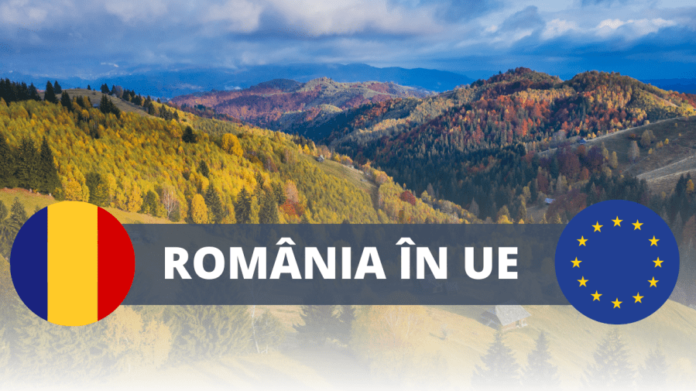With a population of over 19 million, Romania is the eastern European country known for the legend of Count Dracula and the Transylvanian villages. The country began its journey towards the European Union on February 1, 1993, but officially applied for EU membership in June 1995. In December 1999, the European Council decided to open accession negotiations with Romania, along with six other countries.
Romania joined the EU on 1 January 2007. Leaders proposed this date at the Thessaloniki Summit 2003 and confirmed it in Brussels on 18 June 2004. As of 31 March 2024, Romania is a member state of the Schengen area.
Romania’s integration into EU structures has brought several advantages. The country has become part of a market where goods can and do move freely, and people can travel to any country they did not have access to before accession. In the year of EU accession, Romania’s GDP was around €124 billion. By 2022, GDP has risen to around €286 billion, a spectacular increase in economic terms. People’s salaries have also increased dramatically. From €350 in 2007 to €1,200 in 2022.
FOR THE MOST IMPORTANT NEWS, FOLLOW US ON TWITTER!
In Romania, as in Bulgaria, a referendum to join the European Union has not been held. Domestic legislation did not provide for such a consultation. Since 2003, the Constitution has enshrined the objectives of EU and NATO membership, the Parliament has united on the issue, and there has been extremely high popular support for accession.
This article is part of the “Moldova Chooses Europe” campaign launched by the REALITATEA Press Group, in which we tell the story of the path EU Member States have traveled in European integration and the economic growth recorded due to accession.



